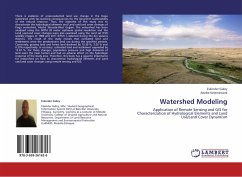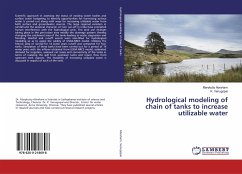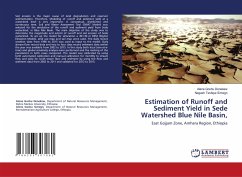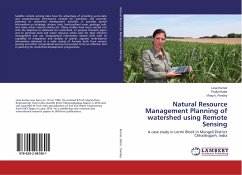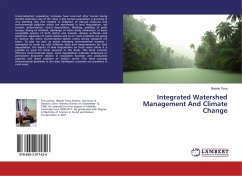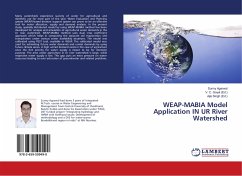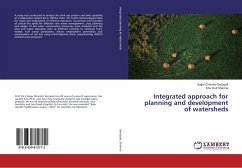There is evidence of unprecedented land use change in the Koga watershed with far-reaching consequences for the long-term sustainability of the natural resource. Thus, the objective of this study was to characterize the hydrological elements and Land use/Land cover changes of Koga watershed, Mecha Woreda-West Gojjam. The watershed has been analyzed using the SRTM 20 meter optimum spatial resolution and the Land use/Land cover changes were also examined using the Land sat (TM) satellite images of 1986 and 2011 (ETM+) collected during the dry seasons (March). The result of the study reveals that cultivated land and settlements were the predominant land use during the specified periods. Conversely, grazing land and forest land declined by 10.39 %, 3.05 % and 0.23% respectively. In contrary, cultivated land and settlement expanded by 12.67 %. For these changes, population pressure and high demands of land were the main factors and had an adverse effect on the hydrologic response of the study area. Therefore, this book has a gigantic importance for researchers on how to characterize hydrological elements and Land use/Land cover changes using remote sensing and GIS.
Bitte wählen Sie Ihr Anliegen aus.
Rechnungen
Retourenschein anfordern
Bestellstatus
Storno

